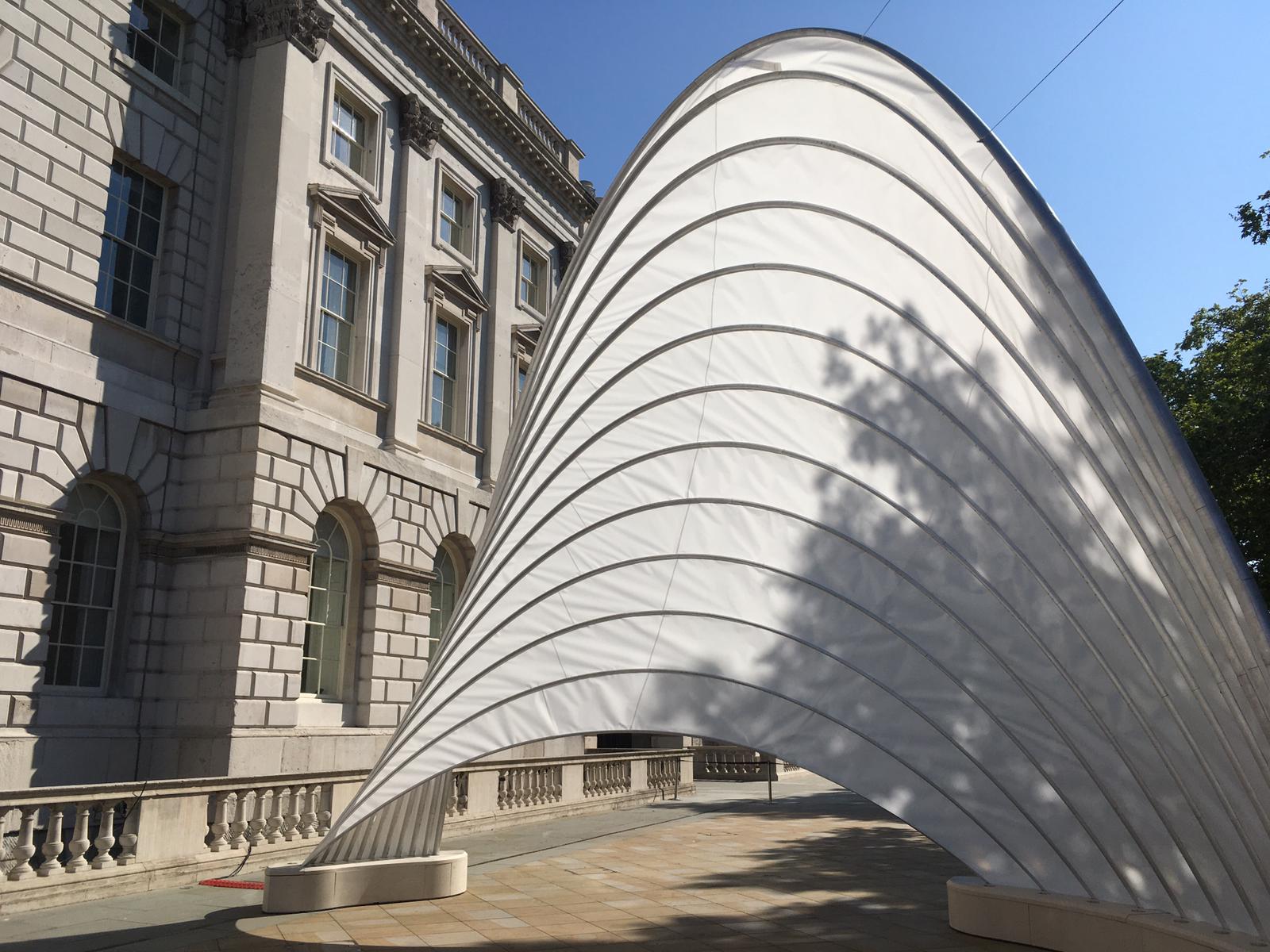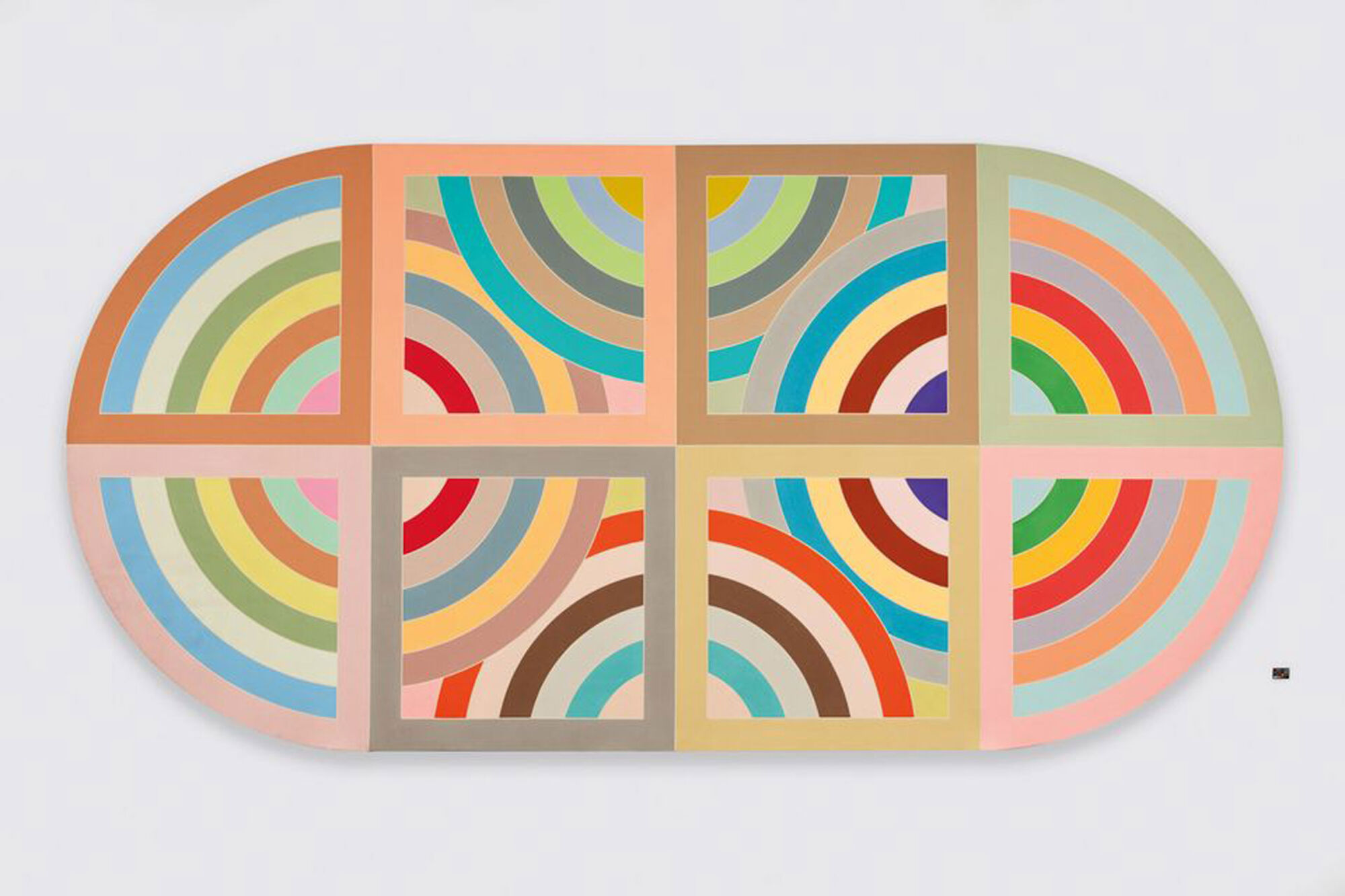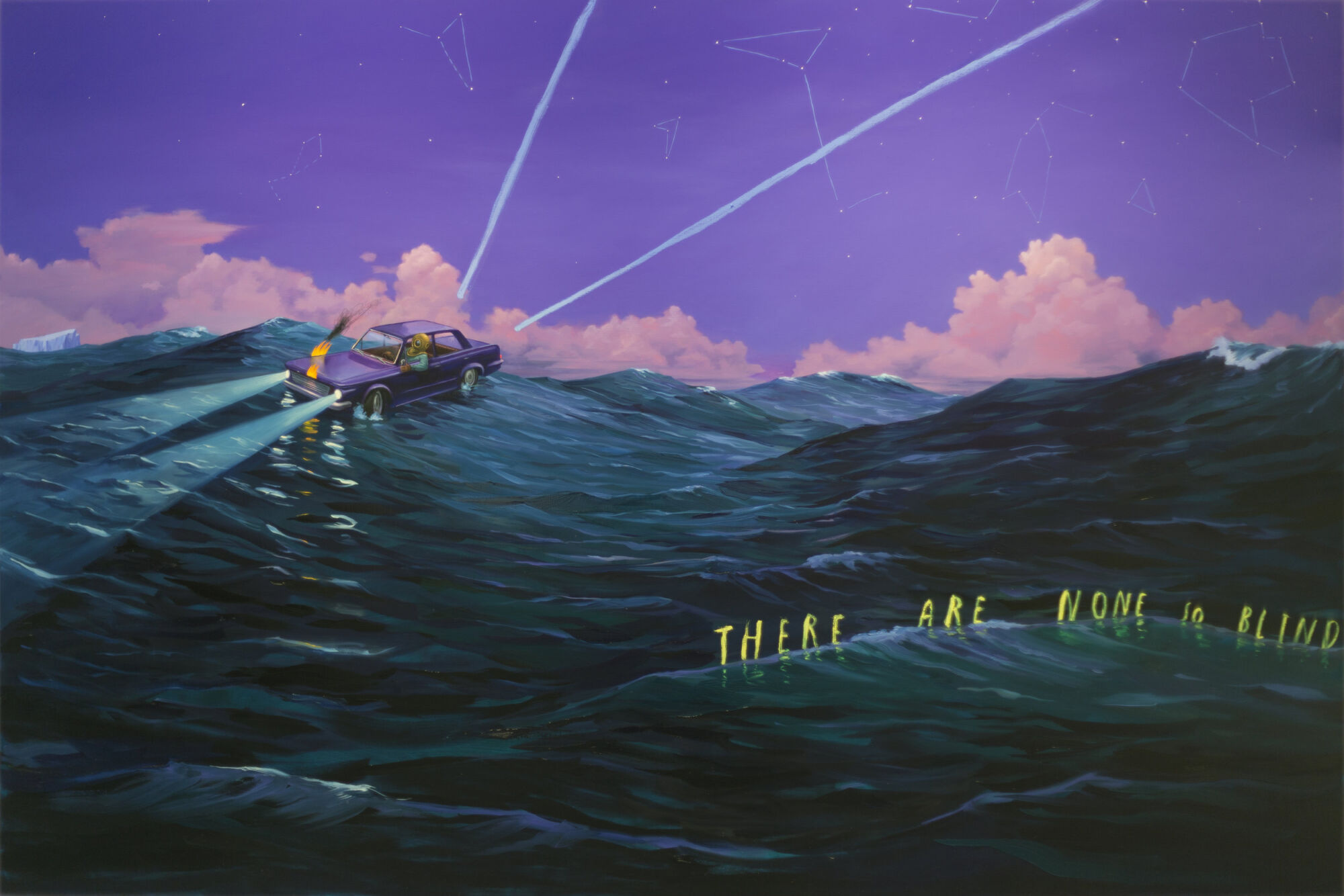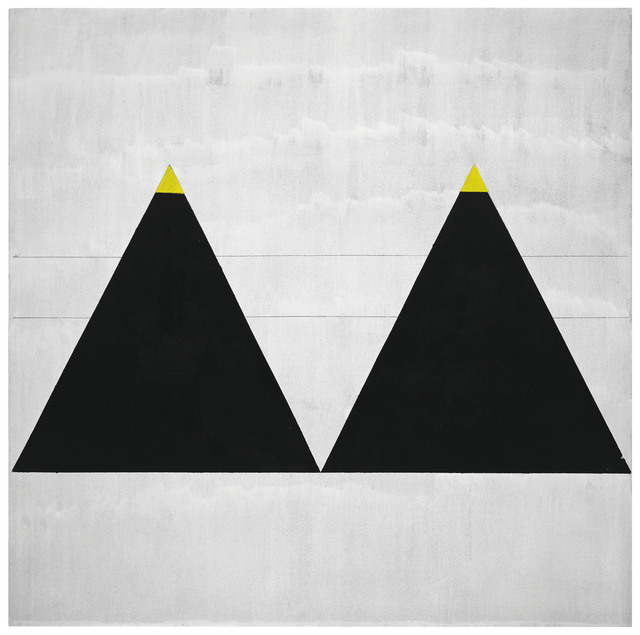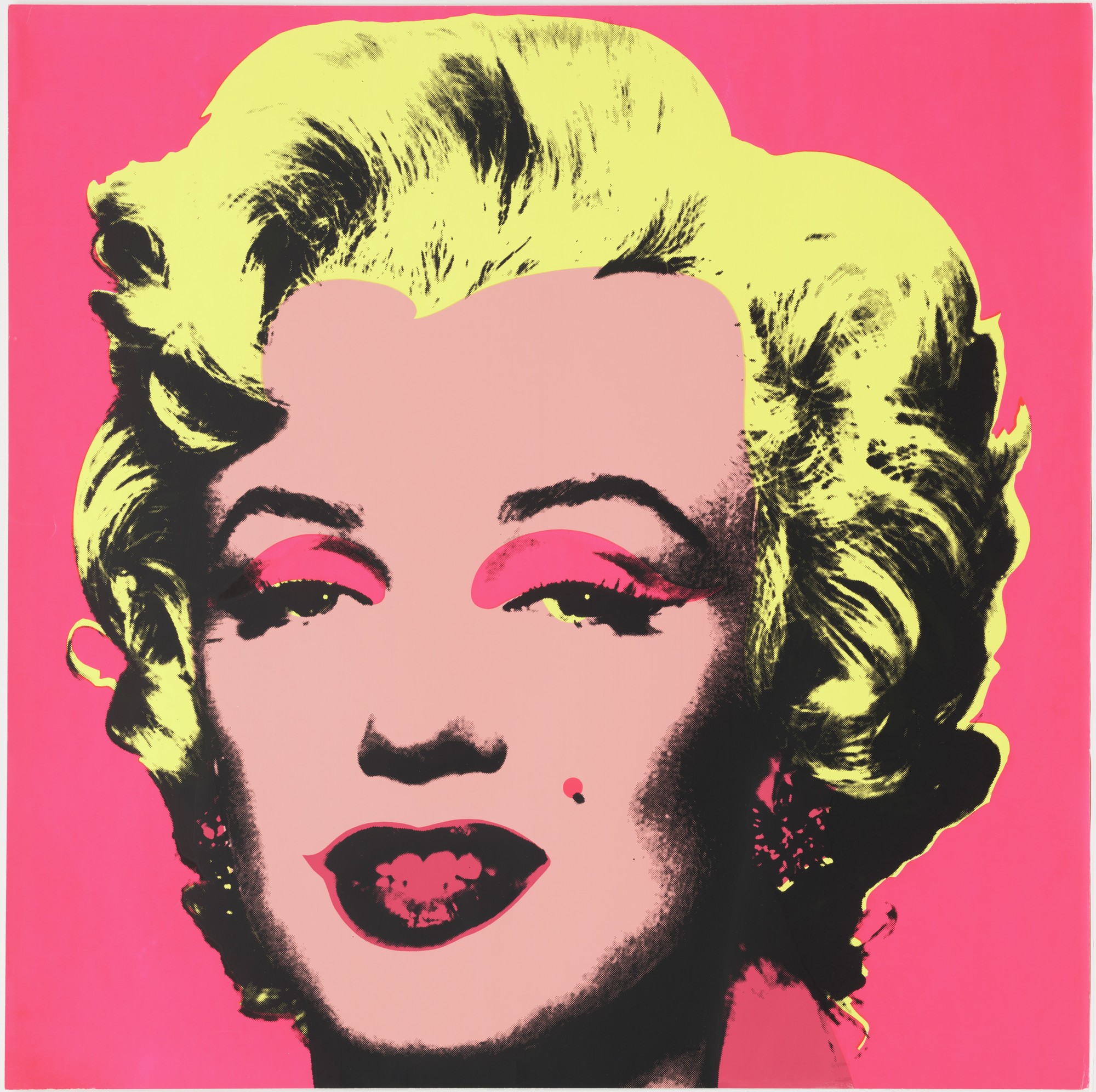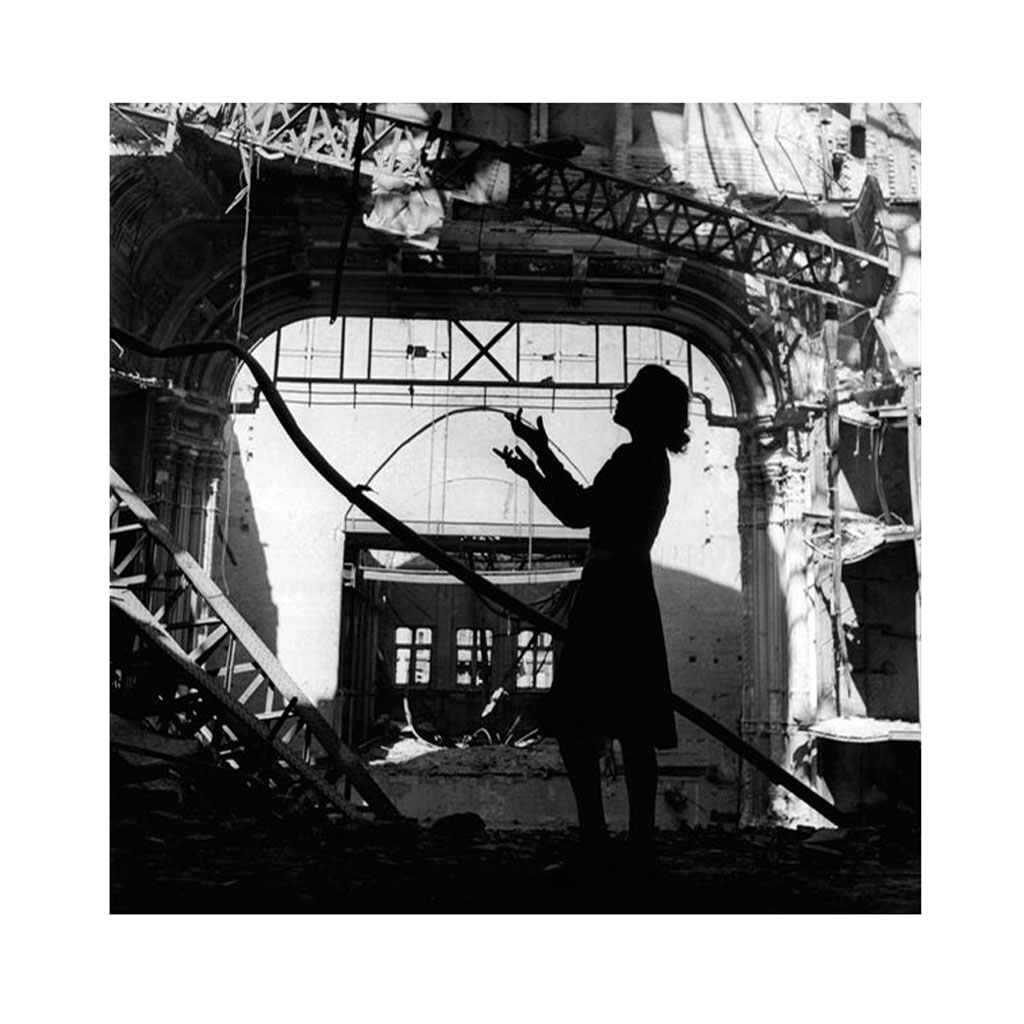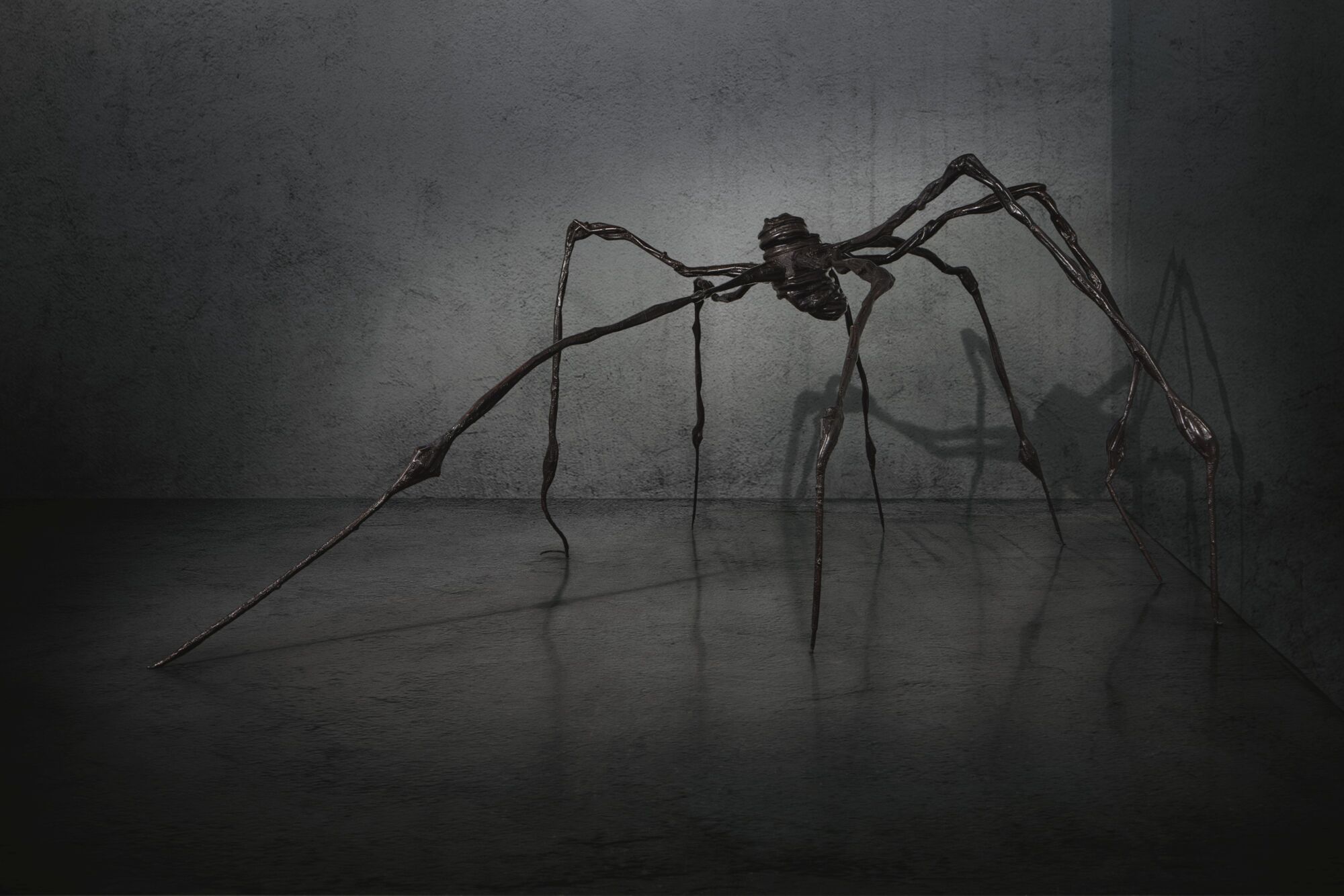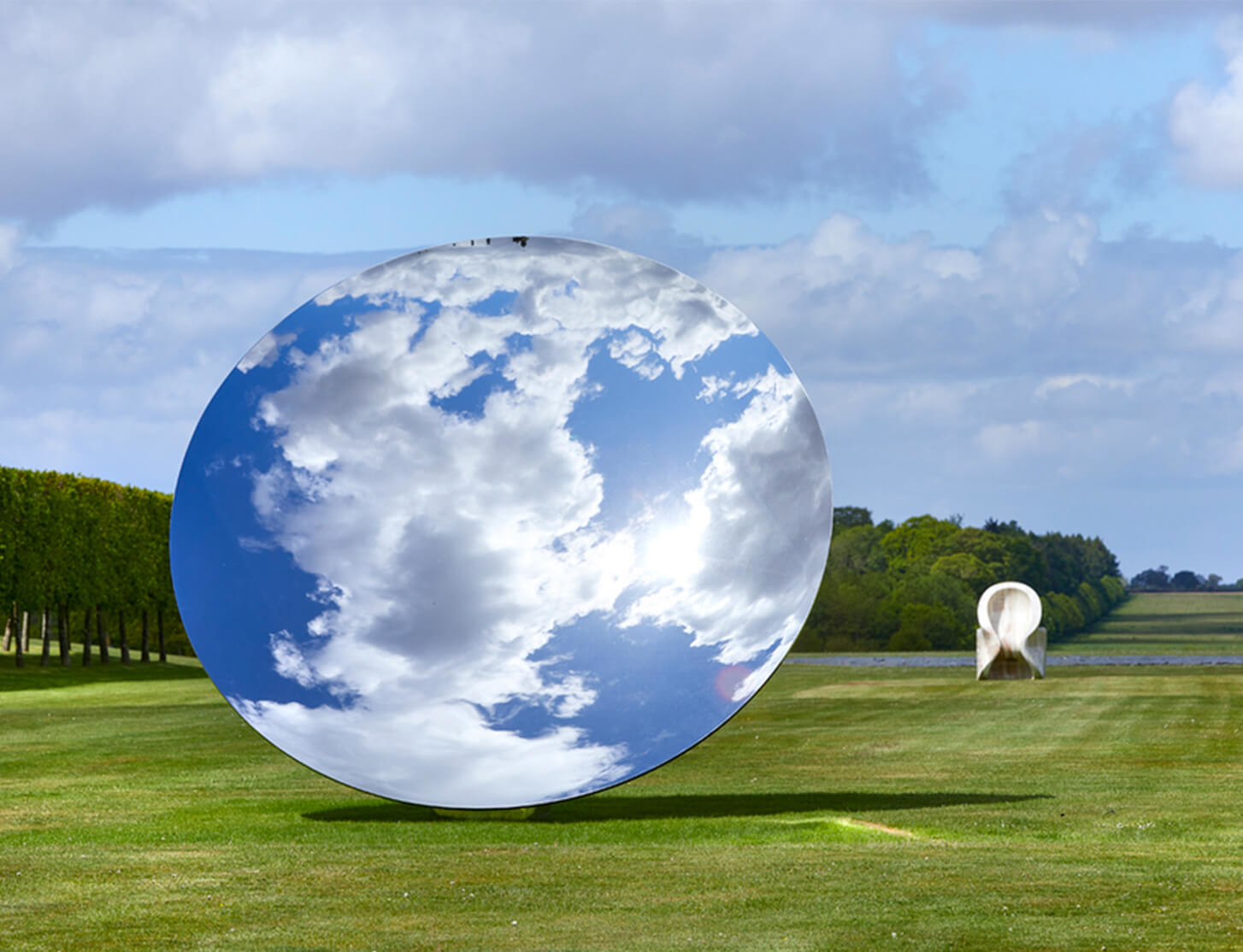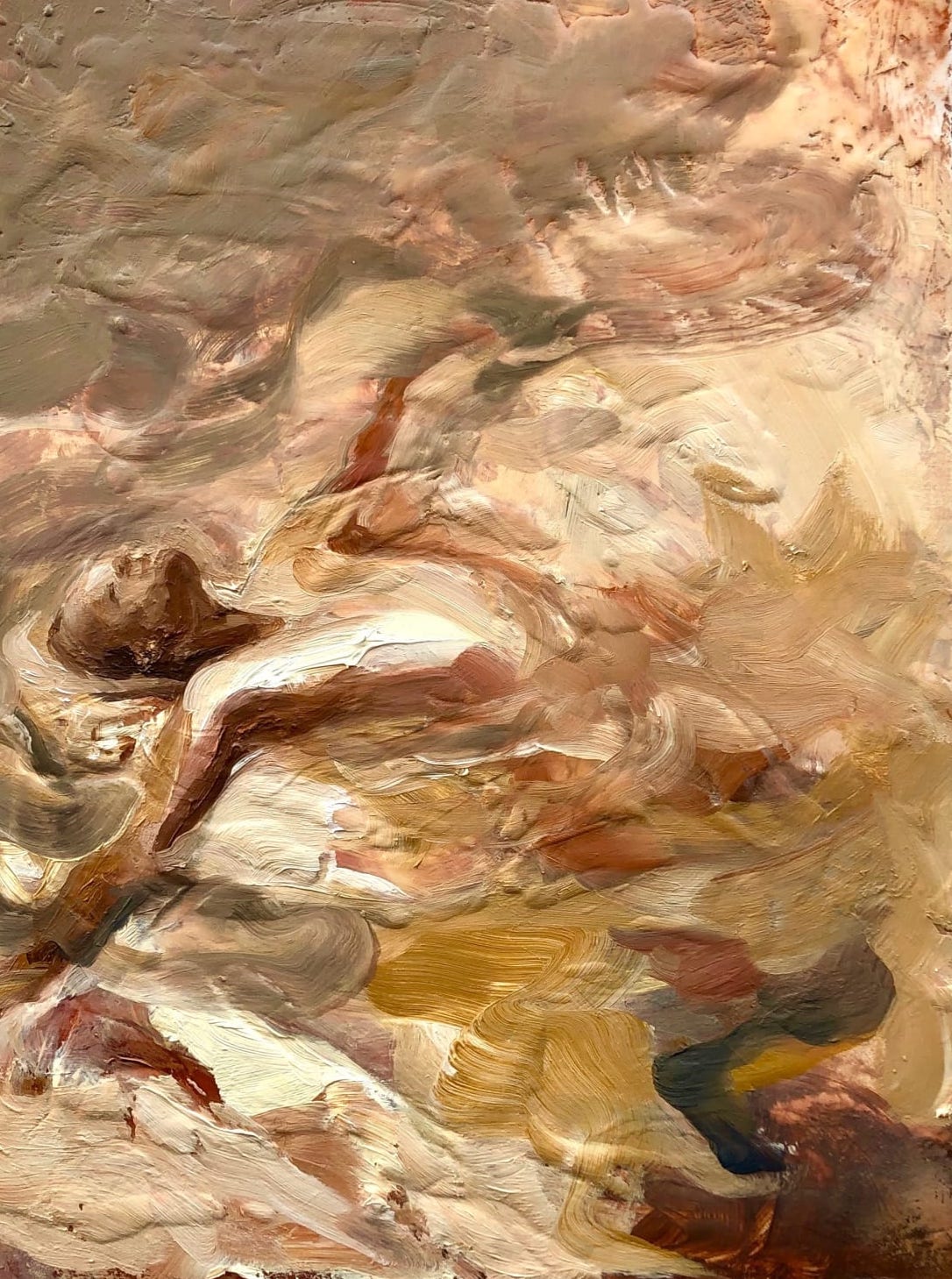
Discover Emily Ponsonby
There’s something magnetic about this bathing beauty. Frolicking in shimmering, silky waters, she seems not to have a care in the world. Sunlight kisses her dancing body; the water ripples in her wake. Revelling in her most natural state, she is at one with her surroundings. The sense of freedom is palpable.
In her most recent body of work, the figurative painter Emily Ponsonby explores the meditative effects of water — notably the sense of physical and mental weightlessness when submerged in it whilst swimming. Her thick brushstrokes give the surface of the painting a textural quality, evoking the fluid movement of the water.
In her most recent body of work, the figurative painter Emily Ponsonby explores the meditative effects of water — notably the sense of physical and mental weightlessness when submerged in it whilst swimming. Her thick brushstrokes give the surface of the painting a textural quality, evoking the fluid movement of the water.
Share




